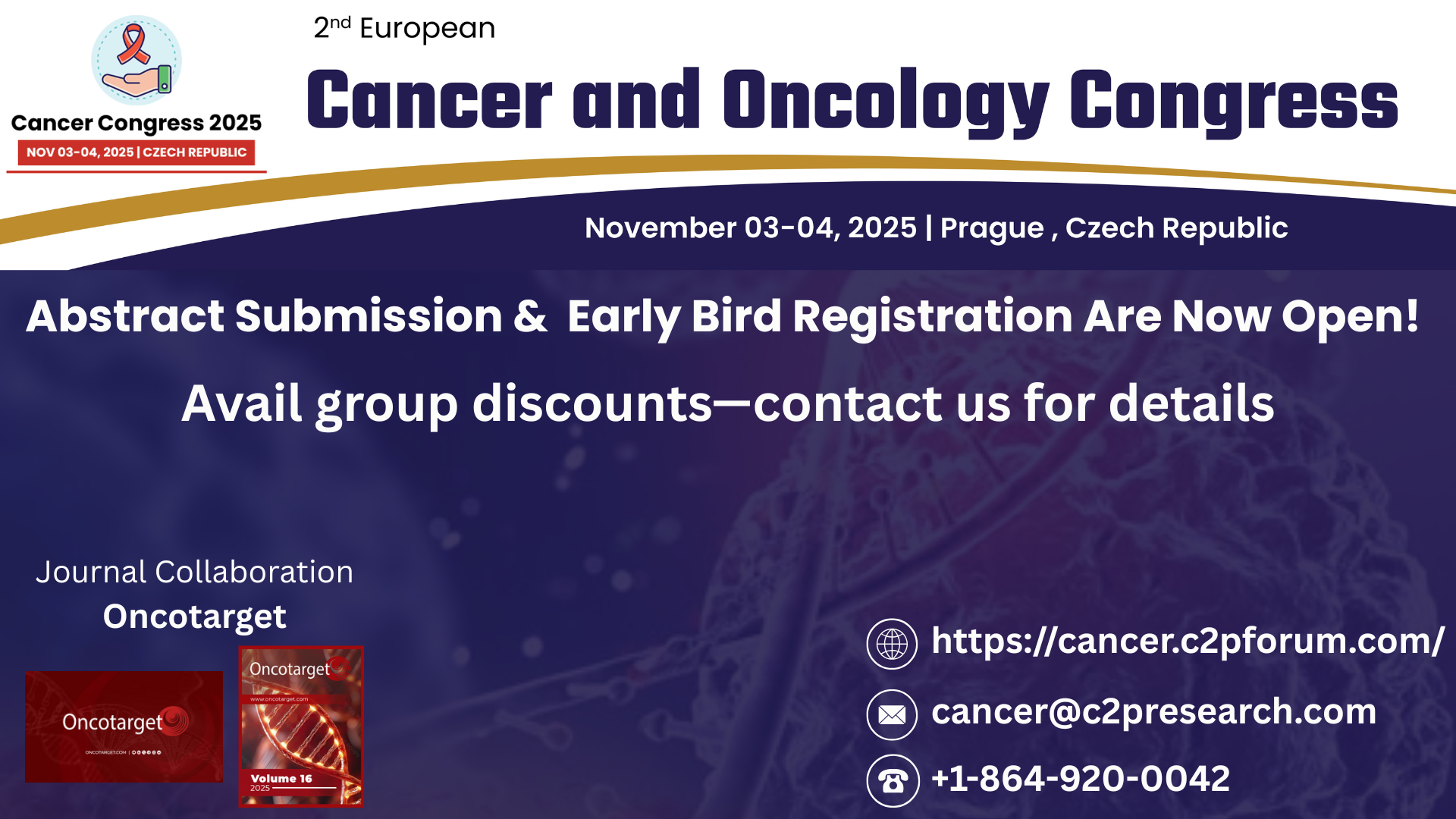Reviews:
Ecology meets cancer biology: the cancer swamp promotes the lethal cancer phenotype
Metrics: PDF 3621 views | HTML 5882 views | ?
Abstract
Sarah R. Amend1, Kenneth J. Pienta1
1Department of Urology, The James Buchanan Brady Urological Institute, Johns Hopkins University, Baltimore, MD, USA
Correspondence to:
Sarah R. Amend, e-mail: [email protected]
Keywords: ecosystem, autoeutrophication, selection, cancer hallmarks, lethal phenotype
Received: January 13, 2015 Accepted: February 24, 2015 Published: March 20, 2015
ABSTRACT
As they grow, tumors fundamentally alter their microenvironment, disrupting the homeostasis of the host organ and eventually the patient as a whole. Lethality is the ultimate result of deregulated cell signaling and regulatory mechanisms as well as inappropriate host cell recruitment and activity that lead to the death of the patient. These processes have striking parallels to the framework of ecological biology: multiple interacting ecosystems (organ systems) within a larger biosphere (body), alterations in species stoichiometry (host cell types), resource cycling (cellular metabolism and cell-cell signaling), and ecosystem collapse (organ failure and death). In particular, as cancer cells generate their own niche within the tumor ecosystem, ecological engineering and autoeutrophication displace normal cell function and result in the creation of a hypoxic, acidic, and nutrient-poor environment. This “cancer swamp” has genetic and epigenetic effects at the local ecosystem level to promote metastasis and at the systemic host level to induce cytokine-mediated lethal syndromes, a major cause of death of cancer patients.
 All site content, except where otherwise noted, is licensed under a Creative Commons Attribution 4.0 License.
All site content, except where otherwise noted, is licensed under a Creative Commons Attribution 4.0 License.
PII: 3430

